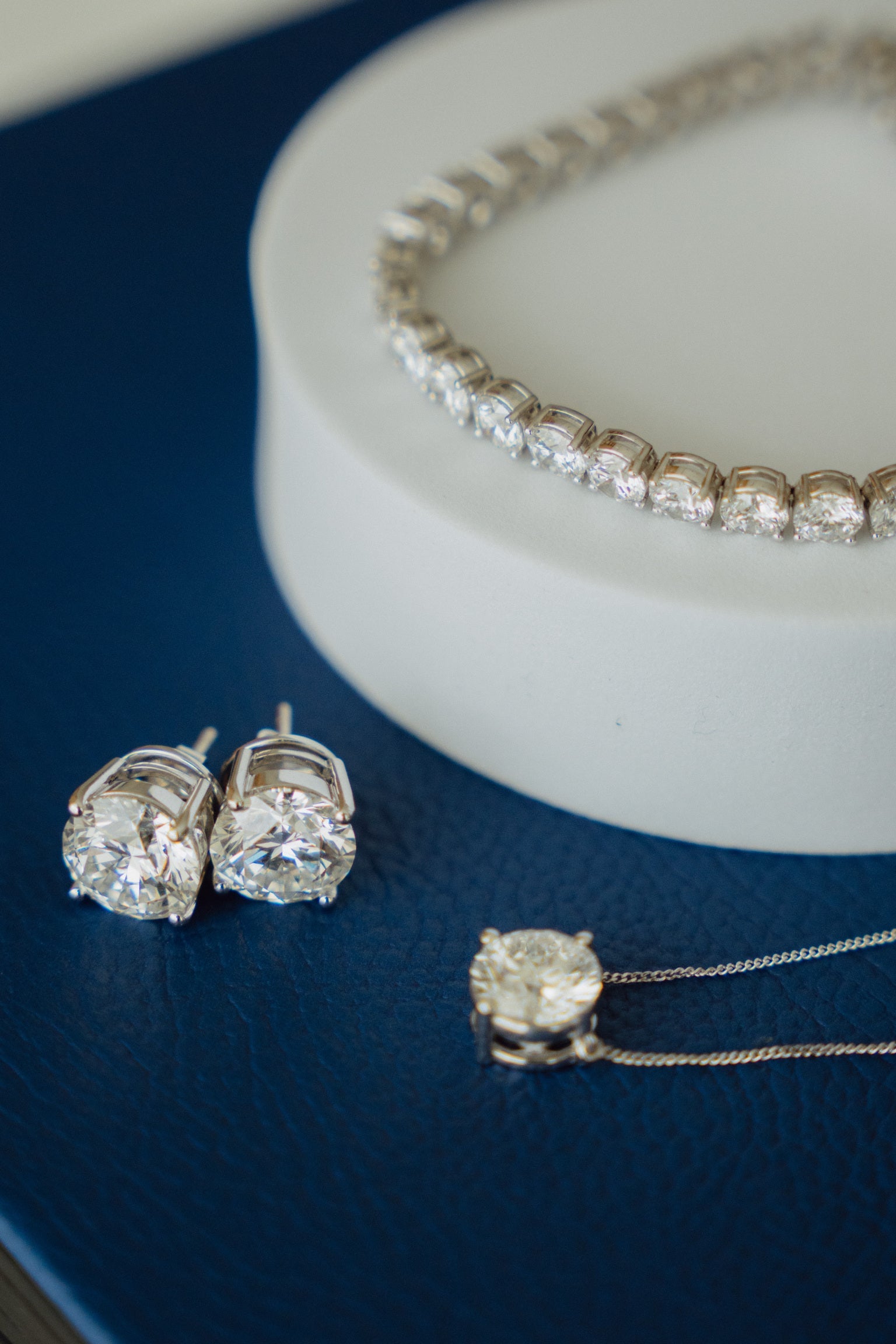A Simple Guide to Ensuring Authenticity and Quality
Lab-grown diamonds are a beautiful, ethical, and sustainable alternative to mined diamonds — but how can you be sure you’re getting the real deal? Whether you’re shopping for an engagement ring or a timeless gift, verifying the authenticity of your diamond is key.
At Amaraa, we believe every diamond you purchase should come with peace of mind. Here’s a complete, easy-to-understand guide to help you verify a lab-grown diamond with confidence.
🔬 What Are Lab-Grown Diamonds?
Lab-grown diamonds are created in a controlled lab environment using advanced technology that replicates the conditions in which natural diamonds form. The result? A diamond that is chemically, physically, and optically identical to a natural one — but often more affordable and always conflict-free.
Because they’re virtually indistinguishable to the naked eye, proper verification is essential.
✅ 6 Reliable Ways to Verify a Lab-Grown Diamond
1. Check for Certification
Always ask for a diamond certification from a reputable grading authority like:
-
GIA (Gemological Institute of America)
-
IGI (International Gemological Institute)
-
HRD Antwerp
These labs issue detailed reports confirming the diamond’s origin, cut, clarity, carat, and color — and state clearly whether the diamond is lab-grown.
📝 Amaraa Tip: Every diamond from Amaraa comes with an official certification from top gemological labs.
2. Look for a Laser Inscription
Most lab-grown diamonds are laser-inscribed with:
-
Certification number
-
“Lab-Grown” label
-
Brand or unique ID
Use a jeweler’s loupe or 10x magnification to spot the inscription on the diamond’s girdle and match it to the certification report.
3. Use Advanced Testing Tools (by Jewelers)
Reputable jewelers use professional equipment to verify diamond origins:
-
Diamond Tester: Advanced models differentiate between mined and lab-grown based on thermal and electrical conductivity.
-
Spectroscopy: Detects subtle differences in light response, revealing lab-grown origins.
-
Phosphorescence or UV Reactions: Some lab-grown diamonds display unique fluorescence patterns under UV light.
🔍 Not all tests are DIY-friendly — that’s why it’s important to buy from jewelers who provide verification with every purchase.
4. Observe Fluorescence Under UV Light
Many lab-grown diamonds show distinct fluorescence under ultraviolet (UV) light. The pattern, color, and intensity can help differentiate between lab and natural diamonds.
However, this method isn’t conclusive on its own — always consult with a trained gemologist for an accurate reading.
5. Request a Professional Appraisal
A certified gemologist can:
-
Examine your diamond using industry-grade tools
-
Verify whether it's lab-grown
-
Provide a written appraisal with detailed characteristics and estimated value
This adds a layer of assurance — especially for high-value purchases or insurance purposes.
6. Buy from Trusted, Transparent Jewelers
This is the most important step. Only buy from retailers who:
-
Provide certification
-
Disclose origin clearly
-
Offer verification support
-
Have strong customer reviews
🌿 At Amaraa, we combine transparency, craftsmanship, and service to ensure every lab-grown diamond meets the highest standards.
💖 Why Choose Amaraa?
At Amaraa, your confidence is our priority. Here's what sets us apart:
-
✅ Certified Lab-Grown Diamonds from IGI, GIA, and HRD
-
✍️ Laser Inscriptions on every stone for traceability
-
🌱 Ethical Sourcing with zero mining involved
-
🛡️ Authenticity Guarantee and expert support
-
💬 Ongoing Support: Our team is happy to guide you through any verification process
When you shop at Amaraa, you’re not just buying a diamond — you're choosing truth, trust, and timeless elegance.
